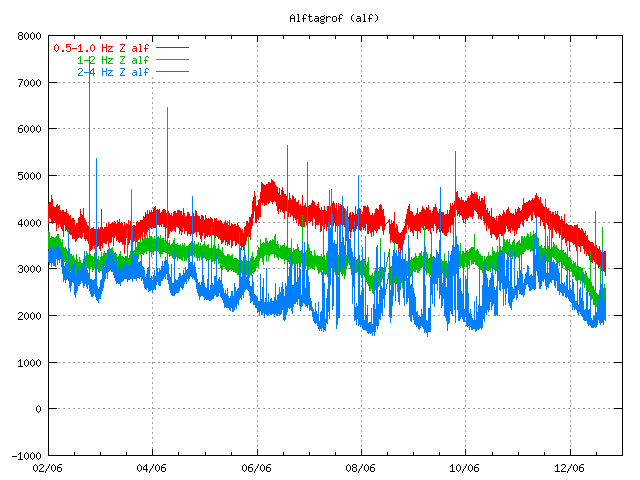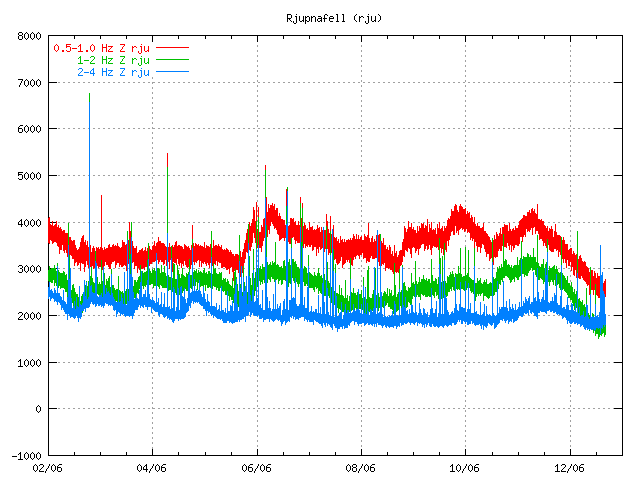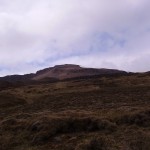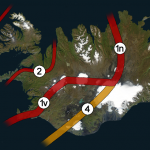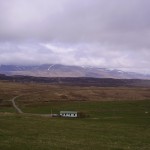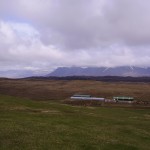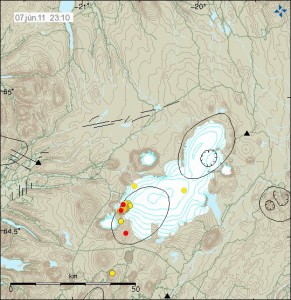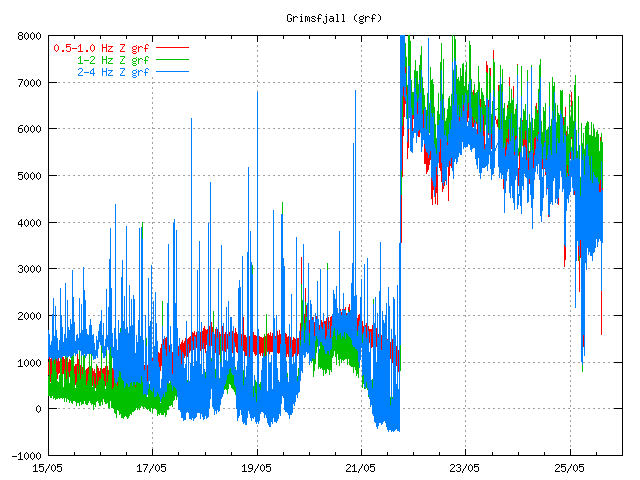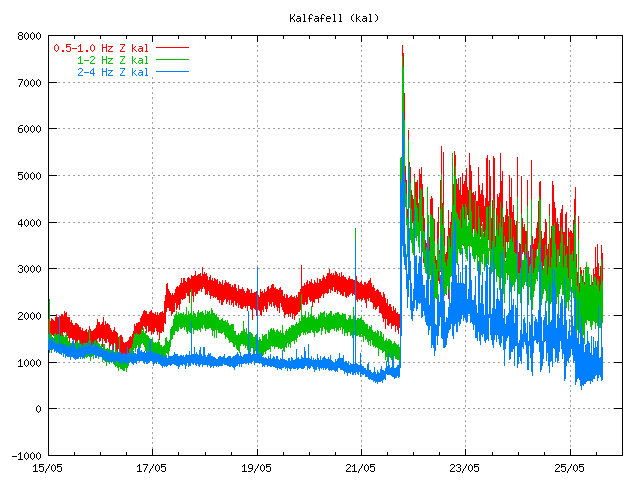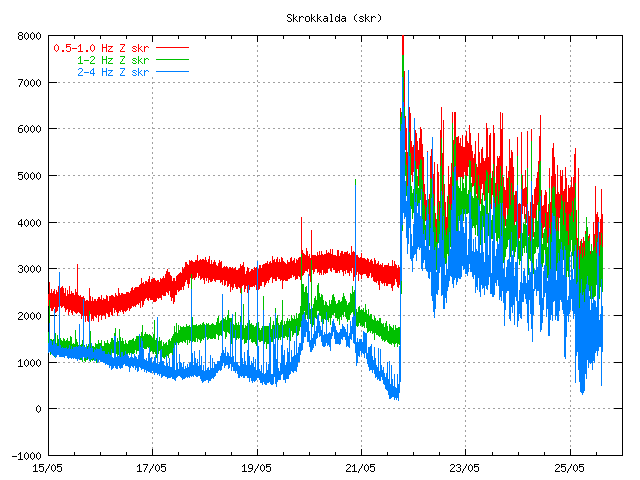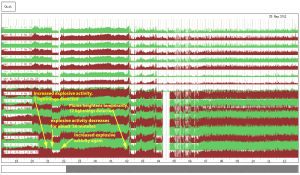It appears that the eruption in Grímsvötn / Grímsfjall volcano is over or is about to end, but authorities in Iceland might not declare the eruption over until after next weekend. No ash plume has been observed for over 24 hours now from Grímsfjall volcano. Harmonic tremor pulses are still taking place in Grímsfjall volcano and it is still dangerous to get close to the eruption site. As explosion still take place in the eruption area and that makes going there dangerous. It is not only the area where the water is that is having explosions. There are also gas and explosions taking place in the crater rims and nearby area. According to news today Icelandic Met Office did stop recoding the eruption in Grímsfjall volcano around 07:00 UTC this morning (28. May 2011). But harmonic tremor pluses might still be taking place in Grímsfjall volcano. But the SIL stations around Grímsfjall volcano have now started to record background noise again, including the SIL station at Grímsfjall volcano.
Earthquake activity has continued at similar levels as before the eruption took place. I am not sure why that is. But this might indicate that Grímsfjall volcano has already started to prepare it’s next eruption. But when that might happen is a question that only time is going to answer. The main earthquake activity is currently taking place NW of Grímsfjall volcano, and SW of Grímsfjall volcano.
According to automatic GPS data it appears that Grímsfjall volcano has started to inflate again. This inflation appears to be rather rapid at current moment. But it appears to be close to 1mm/day inflation to the south and east. This means that new magma has already started to flow into Grímsfjall volcano magma chamber and magma system from greater depth. So far Grímsfjall volcano has not started to inflate upwards and it might be an while until that happens, as there might be enough space for the magma to move into inside Grímsfjall volcano.
Measurements of the volcano tephra that did fall, along with measurement of the volcano ash that did fall have recorded the depth up to 170 cm in some areas of Vatnajökull glacier even at distance of 8 km from the eruption site. This is going to create problem in the summer when it is dry and the wind blows this volcano ash around Iceland. But mostly in the areas that where closest to the main ash fall areas.
Update 1: According to news on Vísir.is the Icelandic Coast Guard did see an plume with the hight of 1,5 km yesterday. This plume was however mostly made out of steam rather then volcano ash. The news about this can be found here, along with an picture of the plume. Here is an second news of this steam plume that was seen yesterday.
Update 2: According to news on Rúv there is small harmonic tremor being recorded. But most of the time, no harmonic tremors are being detected from Grímsfjall volcano. The Rúv news can be found here (Icelandic, Picture). It also has an new picture of the eruption crater. But this picture was taken around 10:00 UTC today (28. May 2011).
Icelandic News about this. Use Google translate on this for an risky translation.
Eldgosið mælist ekki lengur á jarðskjálftamælum (Vísir.is, Icelandic)
Enginn gosmökkur í dag (From 27. May 2011, Rúv.is, Icelandic)
Blog post updated at 19:11 UTC.
Blog post updated at 20:15 UTC.


